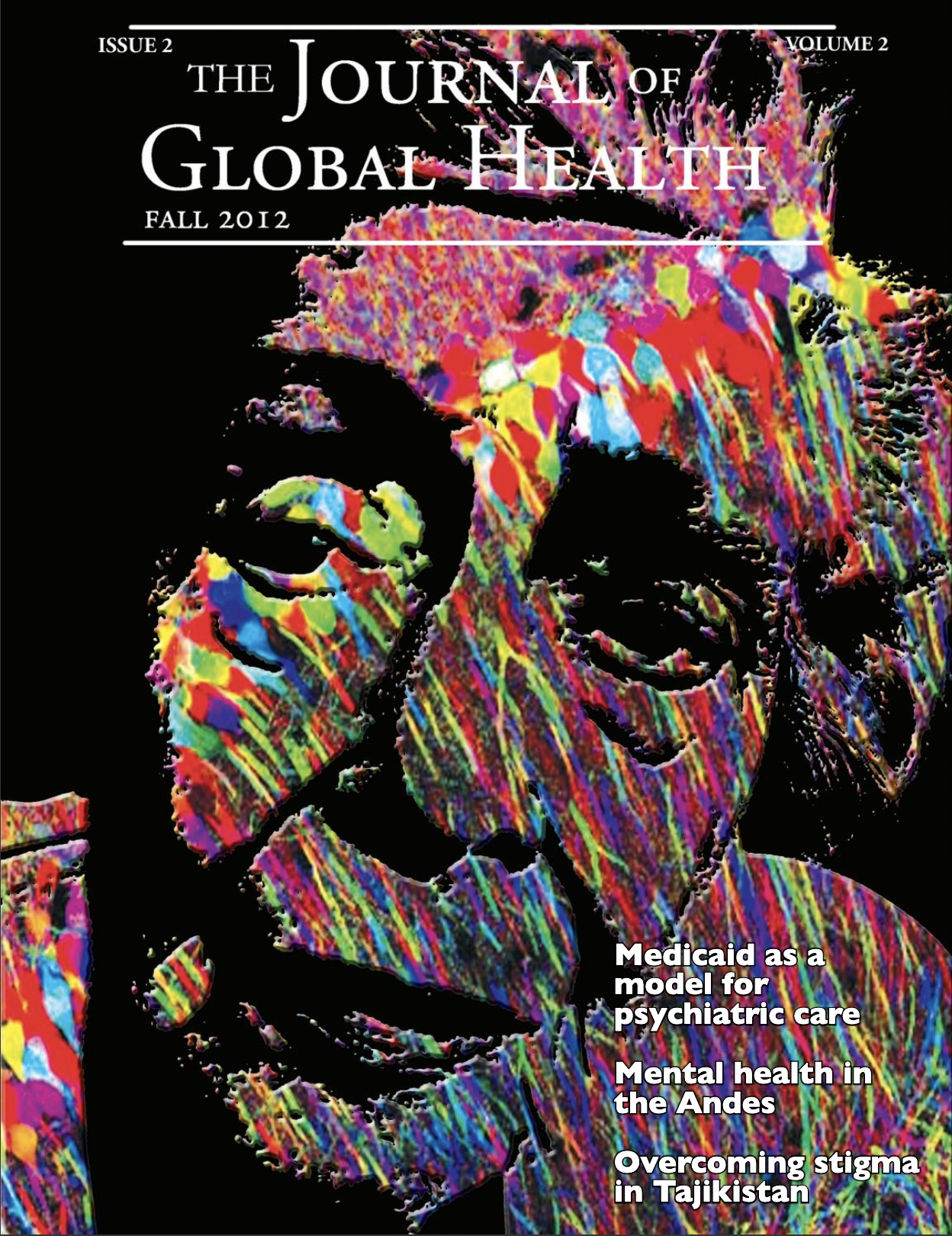From Breastfeeding to Bottles Nestlé Infant Formula Debate and its Aftermath
Main Article Content
Abstract
Prior to the early twentieth century, women had only two choices for how to feed their infants: they could breastfeed their infants themselves, or they could seek out a “wet nurse.” In the 1920s, a third option was introduced in developed nations— infant formula, a manufactured alternative to breast milk. De- pending on its audience, this alternative was seen as a lifesaving option, a modern way to feed a child or a shameful health risk. The differing reactions to infant formula are an excellent il- lustration of the conflicting ways in which people view infant health. Societal and cultural beliefs about sickness, or “meaningcentered beliefs,” inform the way people react to health and dis- ease. For example, Anne Fadiman’s book The Spirit Catches You and You Fall Down relates a Hmong cultural belief that when someone has a seizure, it represents the soul leaving the body.1 Meaning-centered beliefs influence every country and every culture. Moreover, they hold persuasive marketing power, a fact that Nestlé, a transnational corporation based in Vevey, Switzerland, demonstrated when it introduced infant formula to the Western world.

